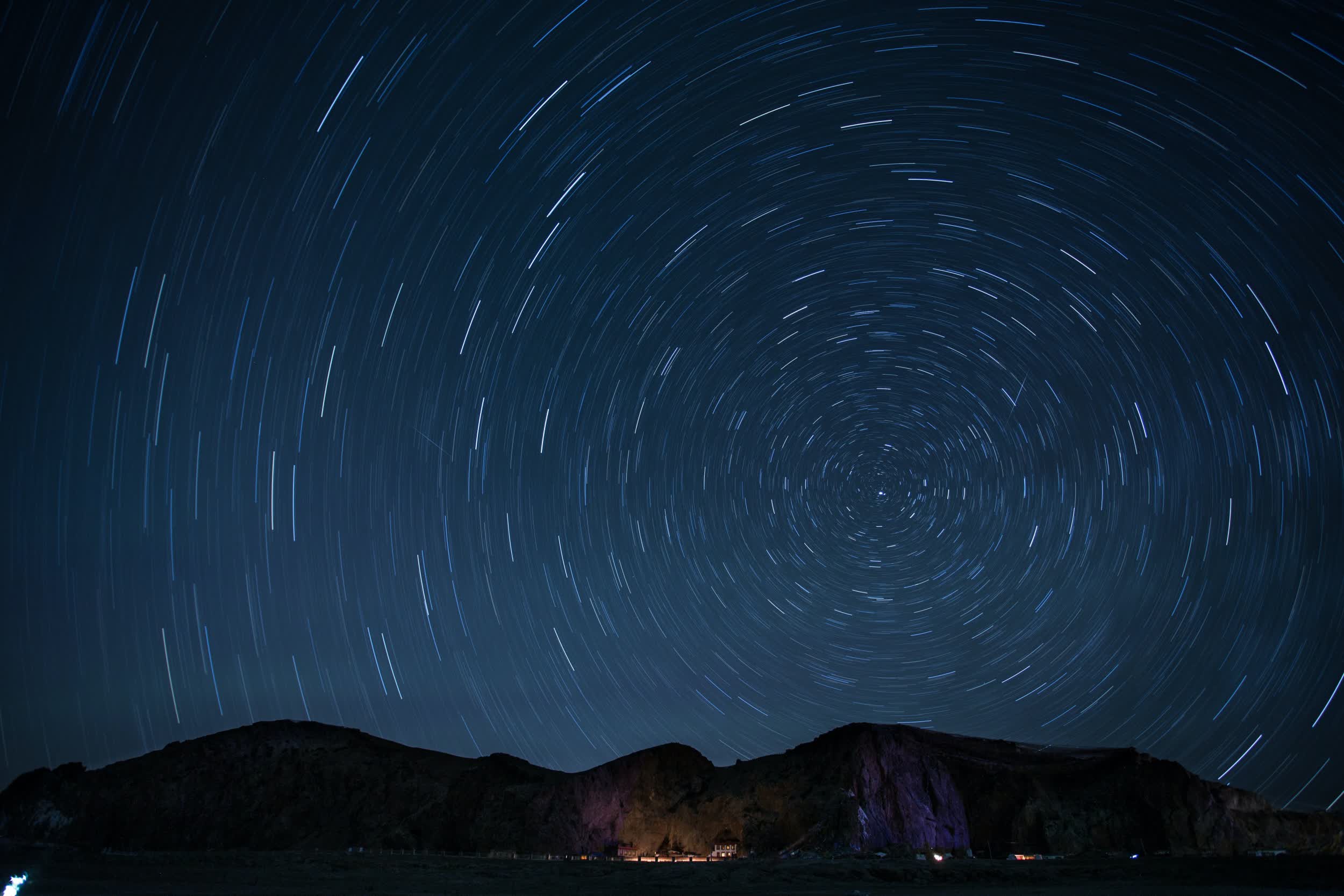What just happened? All eyes are on the James Webb Space Telescope but its predecessor isn't ready to retire just yet. Astronomers using the Hubble Space Telescope recently discovered the farthest star ever seen. Dubbed Earendel, the star is so far away that its light took 12.9 billion years to reach Earth. At the time it existed, the universe was only seven percent of its current age.

"We almost didn't believe it at first, it was so much farther than the previous most-distant, highest redshift star," said astronomer Brian Welch from the Johns Hopkins University in Baltimore. Welch is the lead author on a paper describing the discovery, which can be found in the March 30 edition of the journal Nature.
The previous single-star record holder, a huge blue star nicknamed Icarus, existed when the universe was roughly four billion years old.
Researchers believe Earendel could be at least 50 times larger than our own Sun and millions of times brighter. Notably, it isn't the oldest known star. That honor belongs to a star named Methuselah.
Welch noted that at such distances, it's not uncommon for entire galaxies to look like small smudges. To get around this limitation, the astronomers relied on a technique known as gravitational lensing.
In space, the gravity of massive galaxy clusters in the foreground stretch and amplify the light of background galaxies. This acts as a natural magnifying glass, allowing astronomers to study details in galaxies that would otherwise be impossible to see with our current technology.
That's exactly what happened here as a huge galaxy cluster between us and Earendel - , WHL0137-08 - literally warped the fabric of space and amplified the light so we could see it.
Image credit InstaWalli
https://www.techspot.com/news/93990-hubble-detects-farthest-individual-star-ever-spotted.html